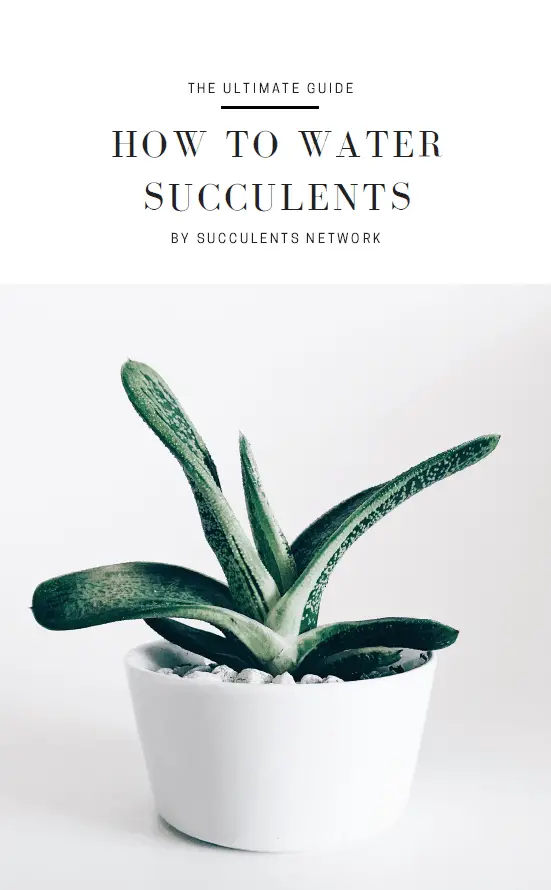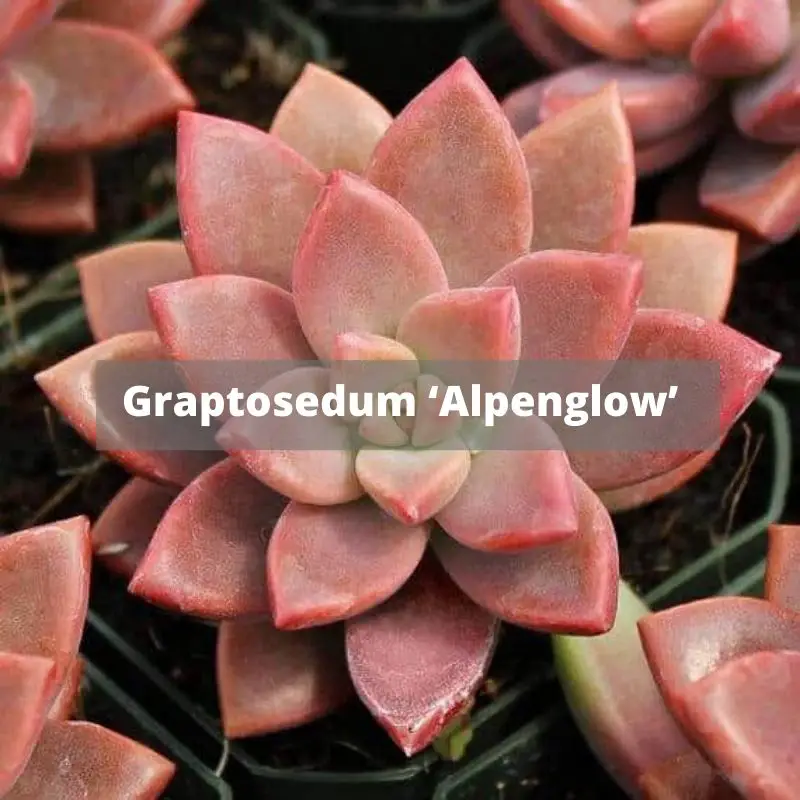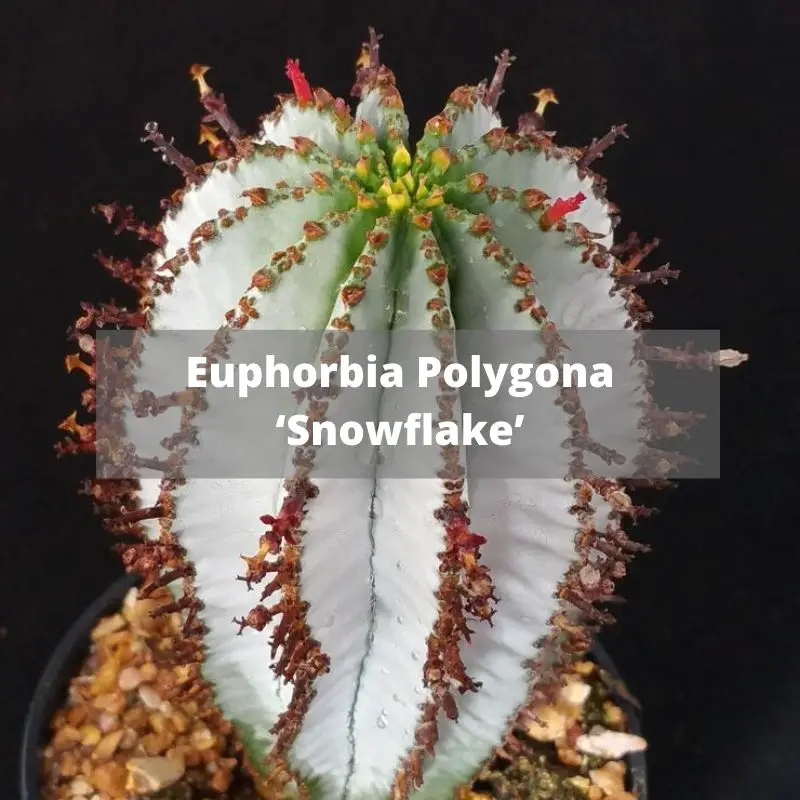The answer on whether cactus are poisonous to cats is no’ cactus is not toxic to cats upon ingestion; however, the cactus spines can accidentally injure your cat when it is satisfying its curiosity while exploring the plant.
The question of whether cactus are poisonous to cats is essential to any pet owner who has an indoor garden with succulents. Any pet owner who is also a plant lover will want a peaceful coexistence between the plants and the pets. Some cactus grown as houseplants in people’s homes contain toxic sap that can irritate the pets. For example, cats are known for their curiosity and are the major victims of any poisonous succulents since they cannot resist chewing on them.
The cats chew on any green plan at home, looking for chlorophyll for digestion. This curiosity can drive them to chew on the poisonous sap in succulents that can affect their health. Your cat may sometimes take an adventure of the cactus to find more about how it tastes and sometimes play around with it. As a result, there is a need to be cautious about the possibility of their pets chewing on succulents by determining whether cactus are poisonous to the cat.
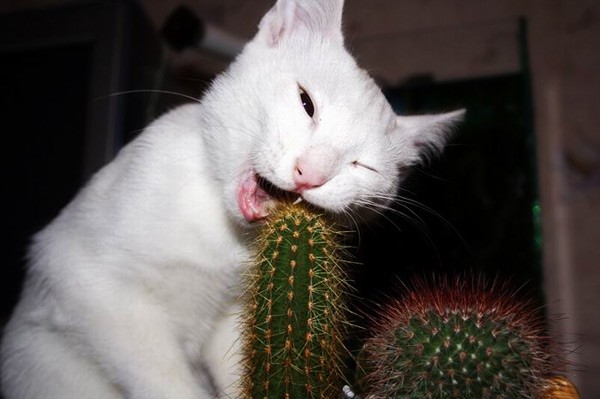
Picture via amolife
Are Cactuses Poisonous To Cats?
Research conducted by PetMD some succulents are considered harmful to domestic pets, including cats. These succulents are deemed to have a wide range of effects on cats. When a cat consumes cactus, it will cause swelling in the mouth of the cat immediately. The chemicals in such succulents are usually harmful to the mouth glands of the cat hence will lead to immediate swelling of the glands. The long term effect can be damaging to the internal and critical organs like kidneys, liver, heart, and lungs.
There is a misconception that cactus can only grow in the desert climatic conditions. Cactus is a succulent plant hence can quickly adapt to any state. As a result, the cactus can grow in any weather conditions, thus its ability to be an indoor plant. One of the advantages of growing cactus both indoors and outdoors is that it does not require a lot of maintenance. The plants require little care in watering and can adjust to harsh climates.
The answer on whether cactus are poisonous to cats is no’ cactus is not toxic to the cats upon ingestion; however, the succulent can intentionally destroy your cats in the path of satisfying its curiosity. The cactus has spines that may accidentally injure your cat. Cactus plant has thorns and spikes on his stems when your cat comes into contact with these spikes, and the spikes can cause bodily injuries, i.e., open wounds to your cat.
They use these spines as a mechanism to protect against animals such as cats that consider them as food. Therefore, pet owners should be worried about the possibility of their cats getting injured when playing with the cactus out of curiosity. Your cat can sometimes be curious enough to strike or bite your cactus with its paws to see the plant’s reactions, and it’s from here that your cat will experience injuries.
Your cat can bite the cactus leaves and drop them on the floor since it does not necessarily swallow whatever it bites. Through biting, cats will deform your cactus hence taking again more time for the cactus to regain its initial shape. The Christmas cactus is one of the pot plants reared in homesteads that are considered poisonous to pets such as dogs but not toxic to cats. However, the milk inside the cactus can cause problems for the pets affecting their digestive system.
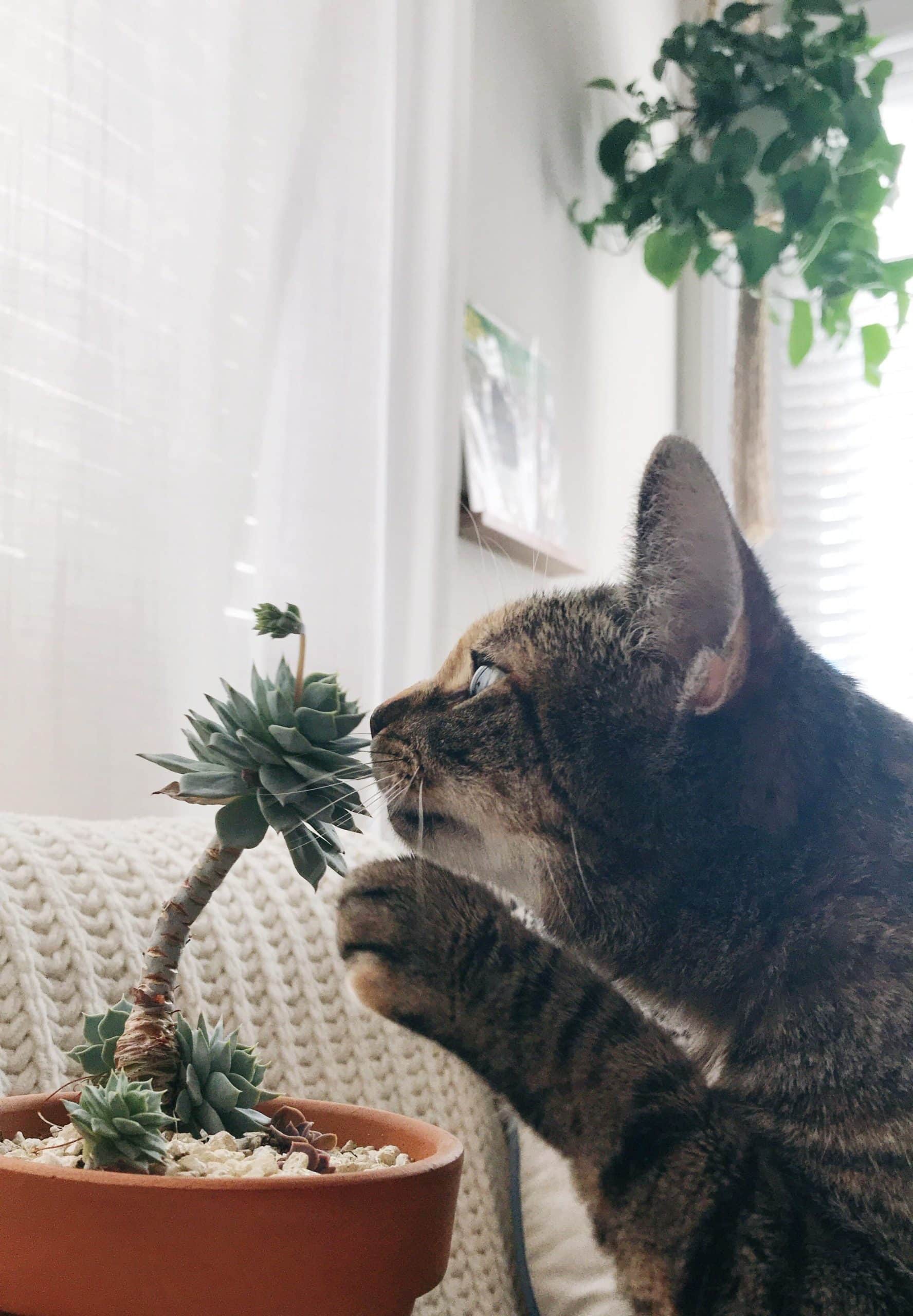
Picture via Reddit
Reasons Why Cats Could Be Attacking Your Cactus plant
Curiosity
Curiosity is one of the common reasons why cats could be attacking your cactus plant. Just in case you should know more, the adventurer’s nature of cats is fuelled by their curiosity. Your cat can sometimes be very familiar with all your plants, both indoors and outdoors. However, the arrival of a new plant will raise curiosity, and besides, cactus is unique compared to other plants. These factors can attract cats to your cactus plant.
Recently I was made aware that cats are anarchists, I don’t know how true this could be, but I think their curiosity makes them anarchists. Some cats will not follow your instructions, guiding them not to interfere with your cactus plant. Some attacks may also be due to deficiencies, i.e., lack of sufficient food and water. So before you bringing your cactus plant indoors, ensure your cat has enough food and water. This will help to guarantee the safety of your cactus plant.
Are your succulents dying? Do you need urgent help to keep them alive? Don’t worry! This ebook will solve the problems. I shared all my secrets related to how to water succulents with you.
The Need For Roughage
Roughages are useful for digestion. You ever wonder why sometimes dogs and cats eat grass. Here is your answer: these pets require roughage to help smoothen their entire digestion process. Your cat, when indoors, can sometimes turn to your cactus for roughages. However, the taste of cactus is not pleasant to cats, and so they will spit the cactus on the floor.
In case they sallow it then, the cactus shall have served its intended purpose to your cat, i.e., additional roughages. To avoid this, ensure once in a while, you provide your cat with greens or alternative roughages to aid in the digestion process. Too much consumption of cactus may eventually prove harmful to your cat. One of the signs that can show you whether your cat has swallowed too much of cactus is constant diarrhea
Thirst Quencher
Your cat can also turn to your cactus as a means to solving its thirst problems, cactus stems, and leaves are very succulent. The amount of water stored in the stem and leaves are necessary for plants’ survival in case of insufficient water. The turgid and succulent nature of the plant could attract your cat to use it as an alternative source of water. Always ensure your cat has sufficient water to sustain it. This will save your cactus plant.
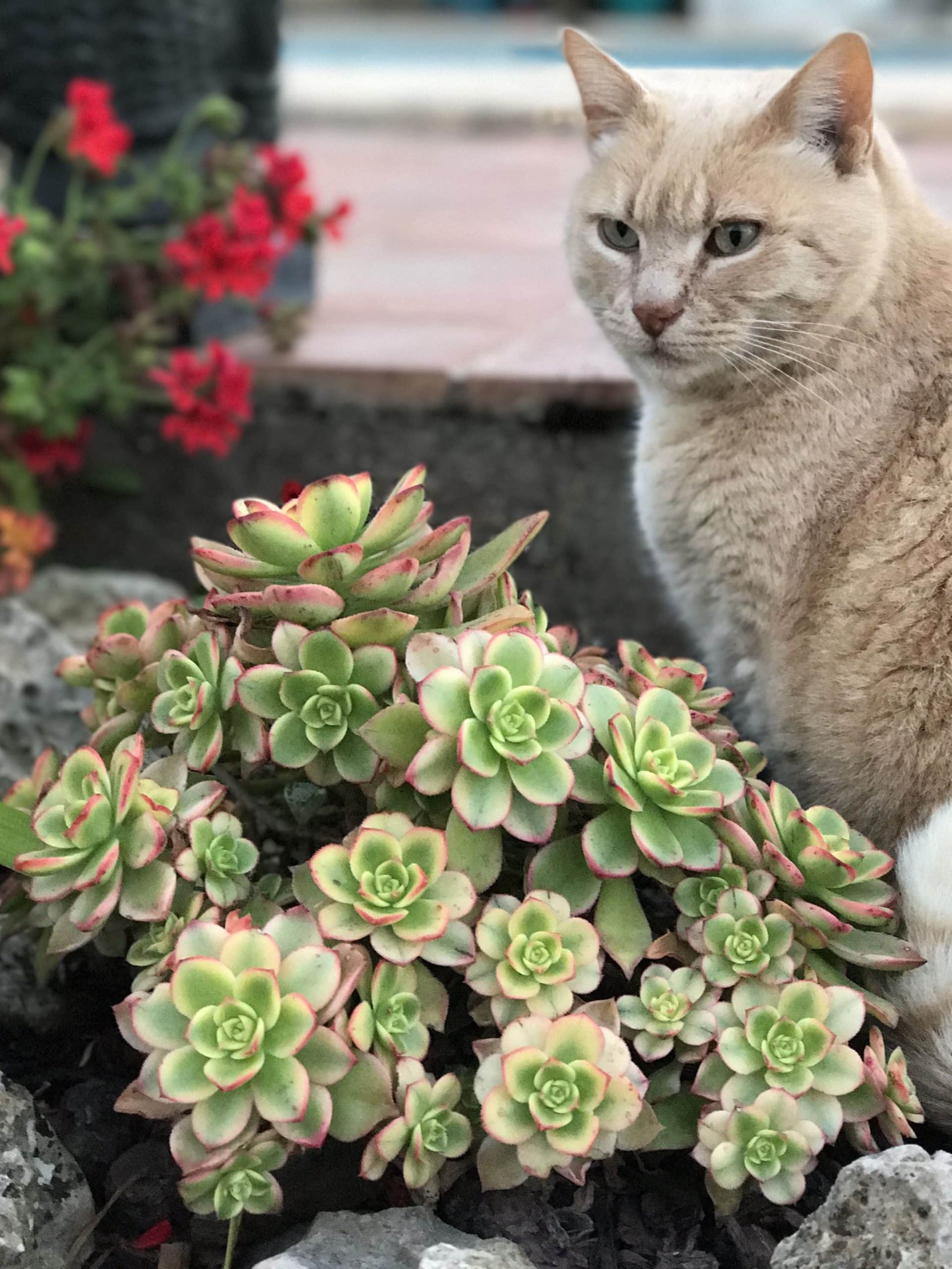
Picture via Pinterest
Lack Of Nutrients
Proper nutrition and diet are essential for every pet. Your cat deserves a proper diet to avoid seeking for alternatives meals like cactus to supplement their diet. Sometimes cats eat soil; this is due to nutritional deficiencies, in its quest for reaching the soil in the pot, it can also become curious to try and have a taste of your cactus. In case you notice such behavior.
How to Keep Your Cat from Cactus
Therefore, every pet owner should be careful in maintaining a relationship between cactus and their cats at home. The pet can be injured or be affected by the cactus upon ingestion or can cause skin irritation to the cat. In this regard, ensure your plant is safely high and out of reach for your cat. The nearer the cactus plant, the more curios your cat will be to see the plant and perhaps play with it. Secondly, offer alternatives greens to keep your cat from playing with the cactus.
Ensure you offer enough roughages and other green alternatives so that it may play with them instead of your cactus. At the same time, ensure you have litter boxes before you bring your cactus indoors because cats turn to cactus in the absence of the litter boxes.

